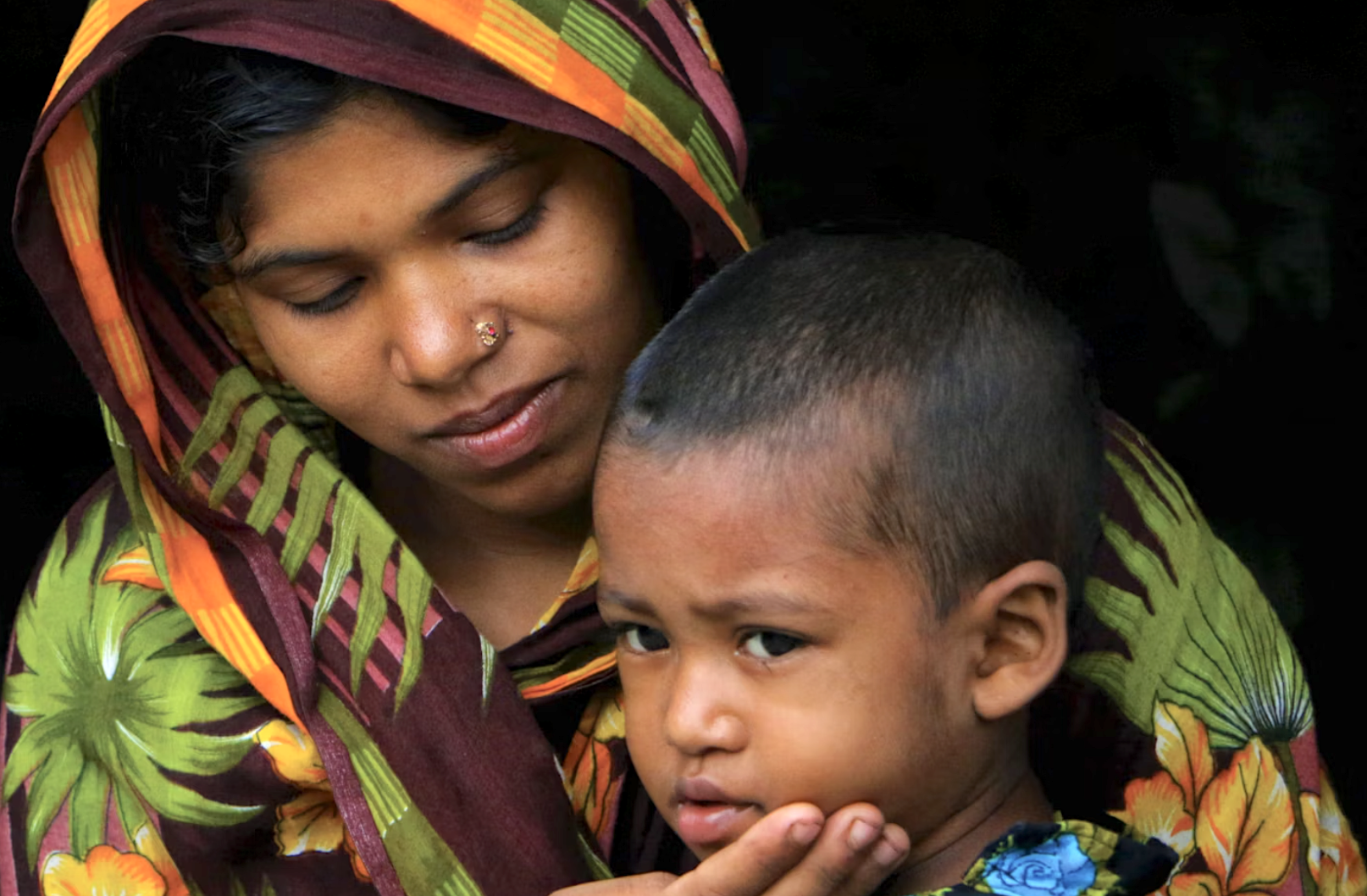The research article titled “Synergies and dis-synergies between universal health coverage and global health security: A case study of Cambodia,” published in the Journal of Global Health, explores the intersections between universal health coverage (UHC) and global health security (GHS) in Cambodia. In the wake of the COVID-19 pandemic, global initiatives like the WHO’s proposed Pandemic Treaty and the World Bank’s Pandemic Fund have highlighted the need to align these health agendas. For a transitioning economy like Cambodia, leveraging synergies between UHC and GHS presents an opportunity to maximise health investments while advancing population health goals and reducing dependence on external funding.
Drawing from a rapid review of policy documents and stakeholder consultations, the study identifies key synergies, such as centralised coordination through the Ministry of Health, robust primary care networks, and overlapping human resources for UHC and GHS initiatives. However, challenges remain, including vertical program structures, insufficient private sector regulation, and underutilised data systems. Recommendations emphasise cross-departmental collaboration within the Ministry of Health and training programs to strengthen awareness and integration. These findings build on case studies from other countries, offering actionable insights for developing resilient health systems by aligning UHC and GHS.
The article has been authored by P4H Country Focal Persons Esabelle Yam Lo Yan (Australia) and Huang Jiayan (China), among others.

